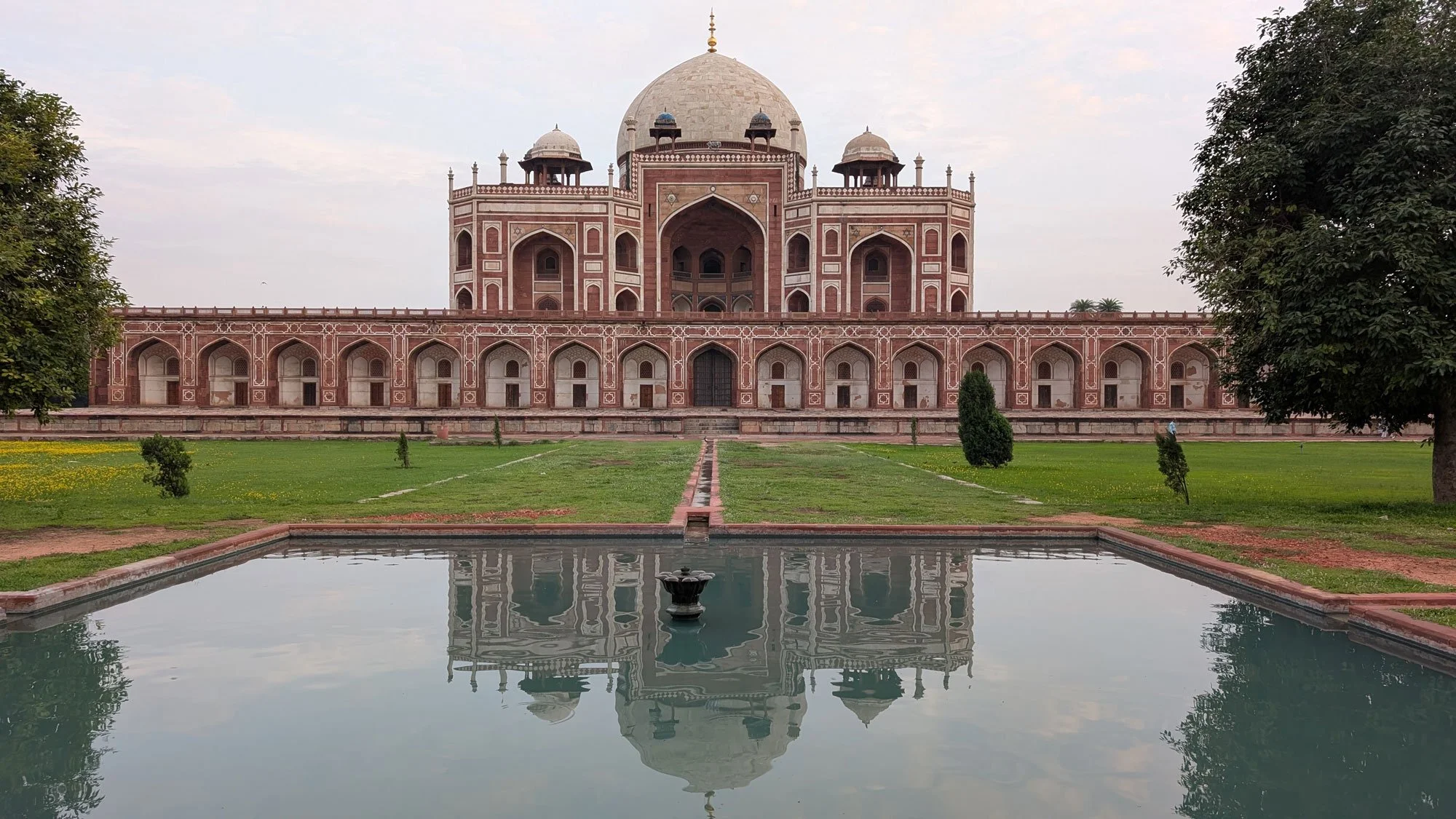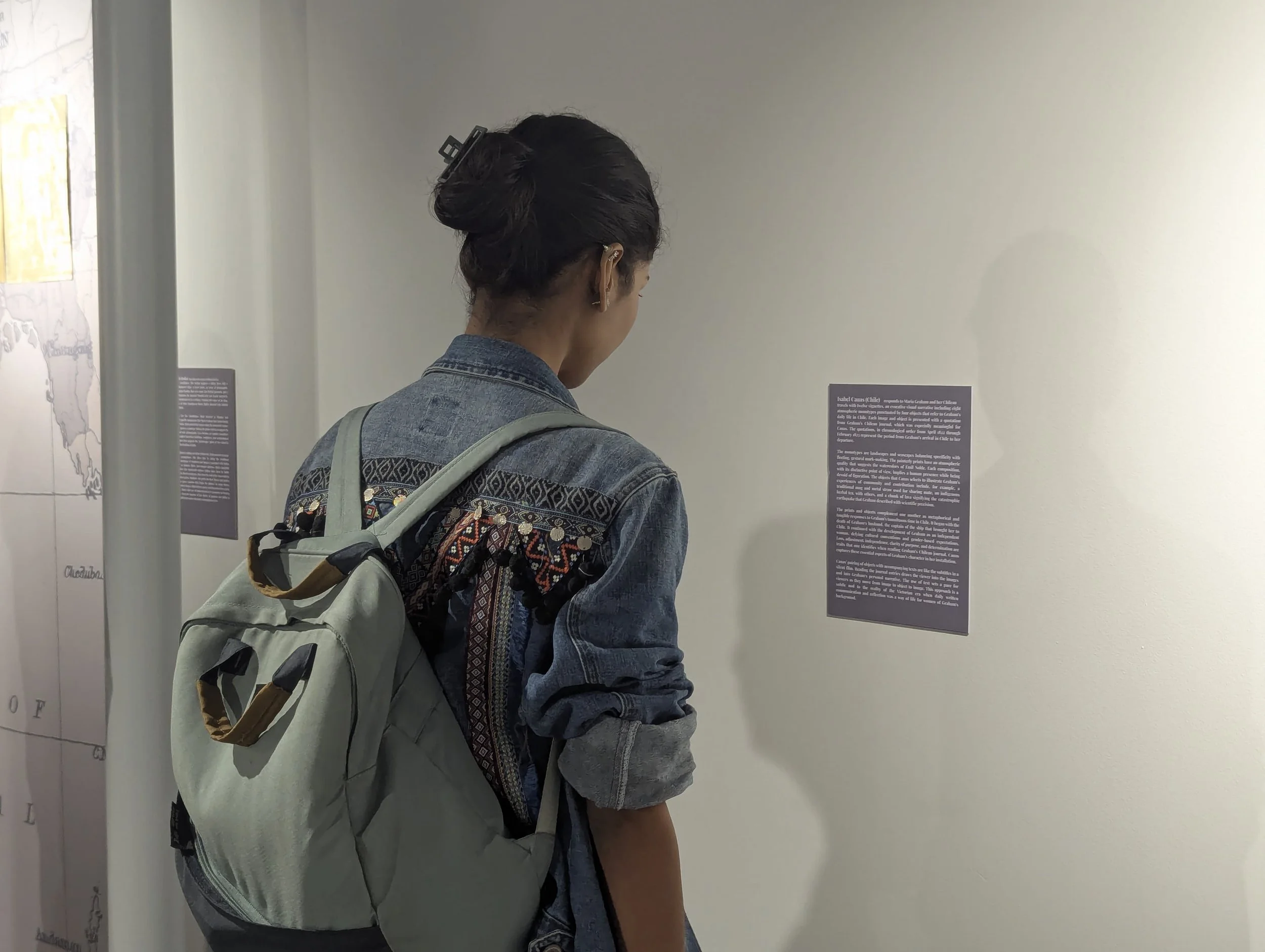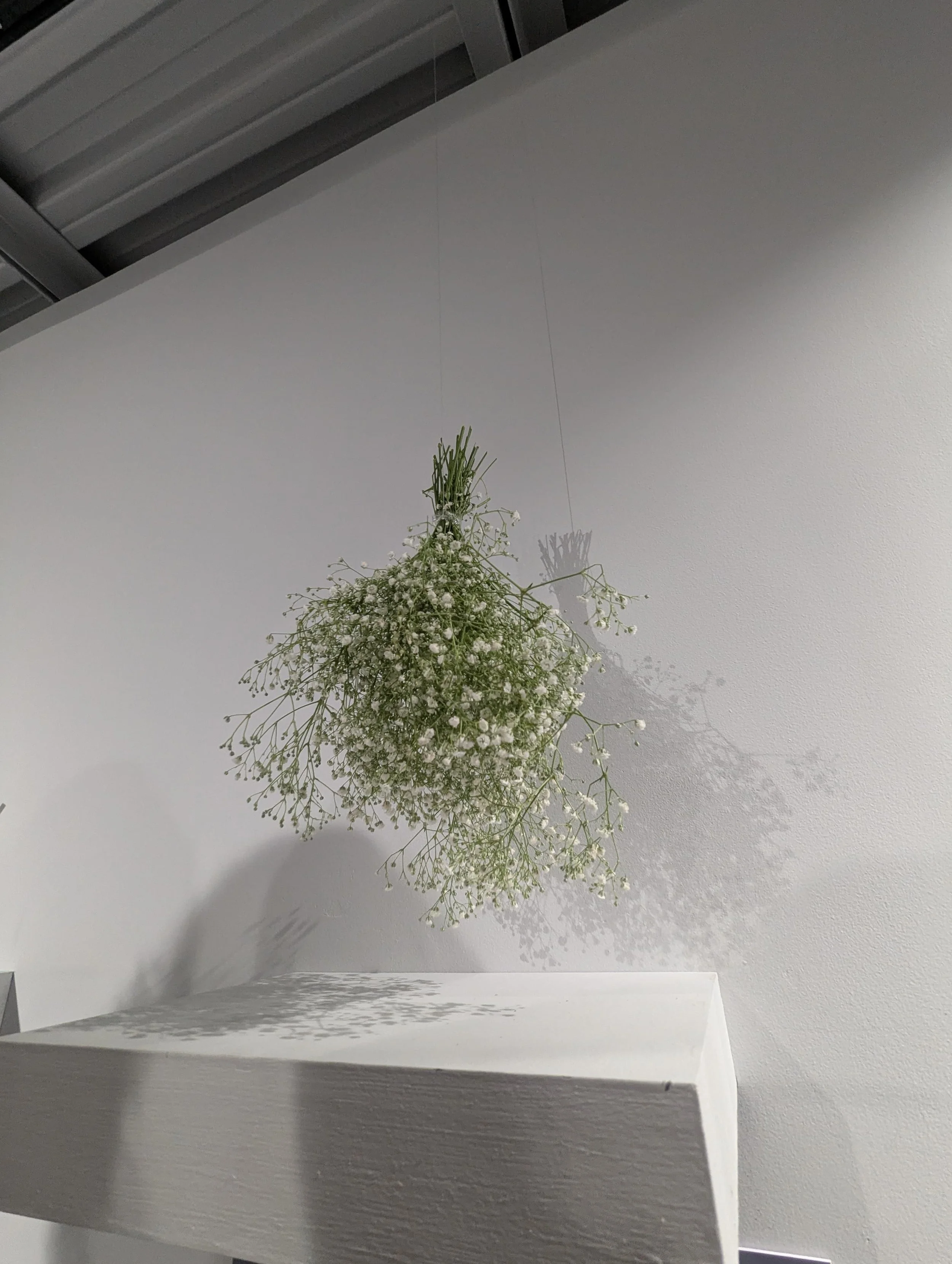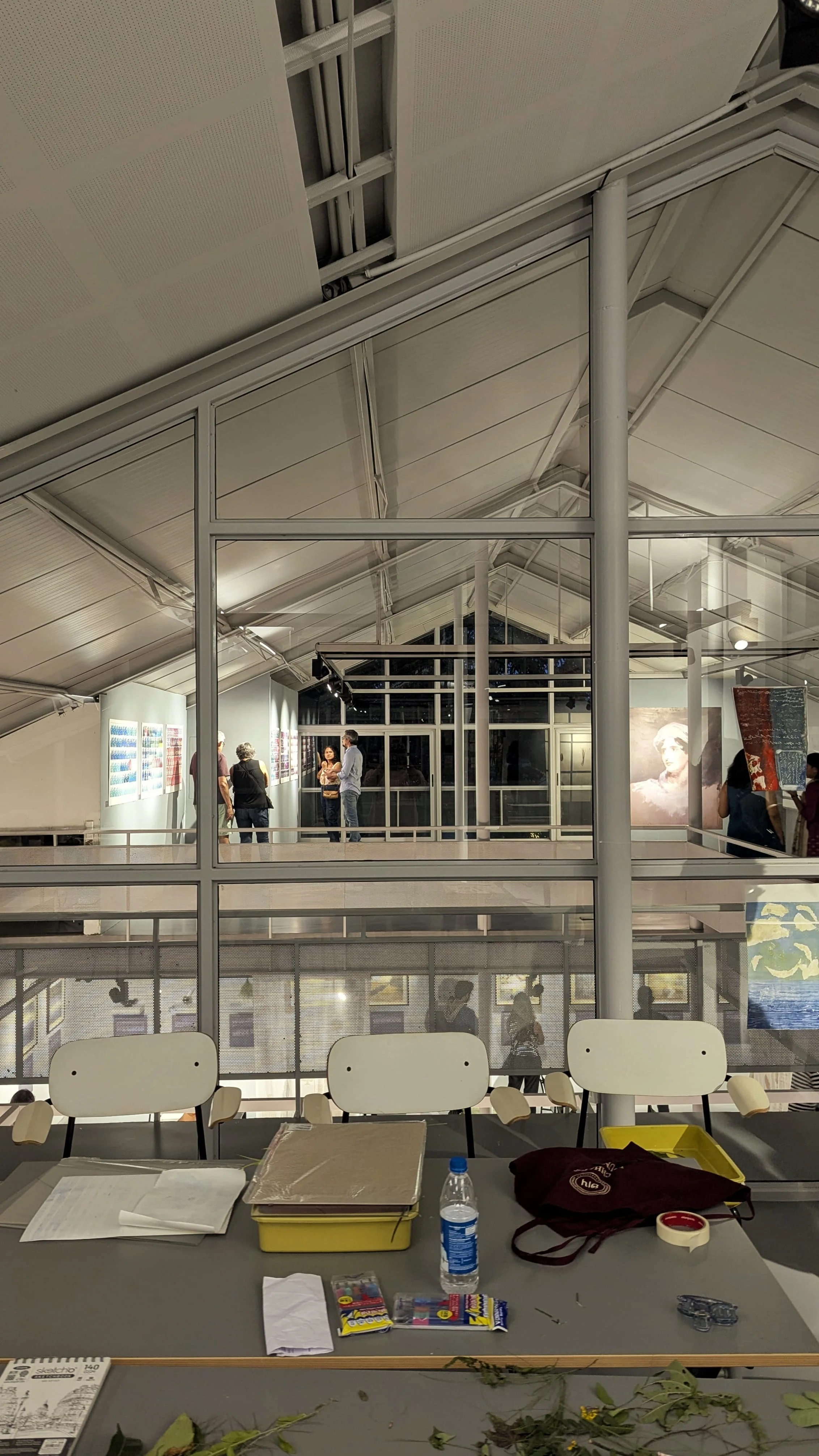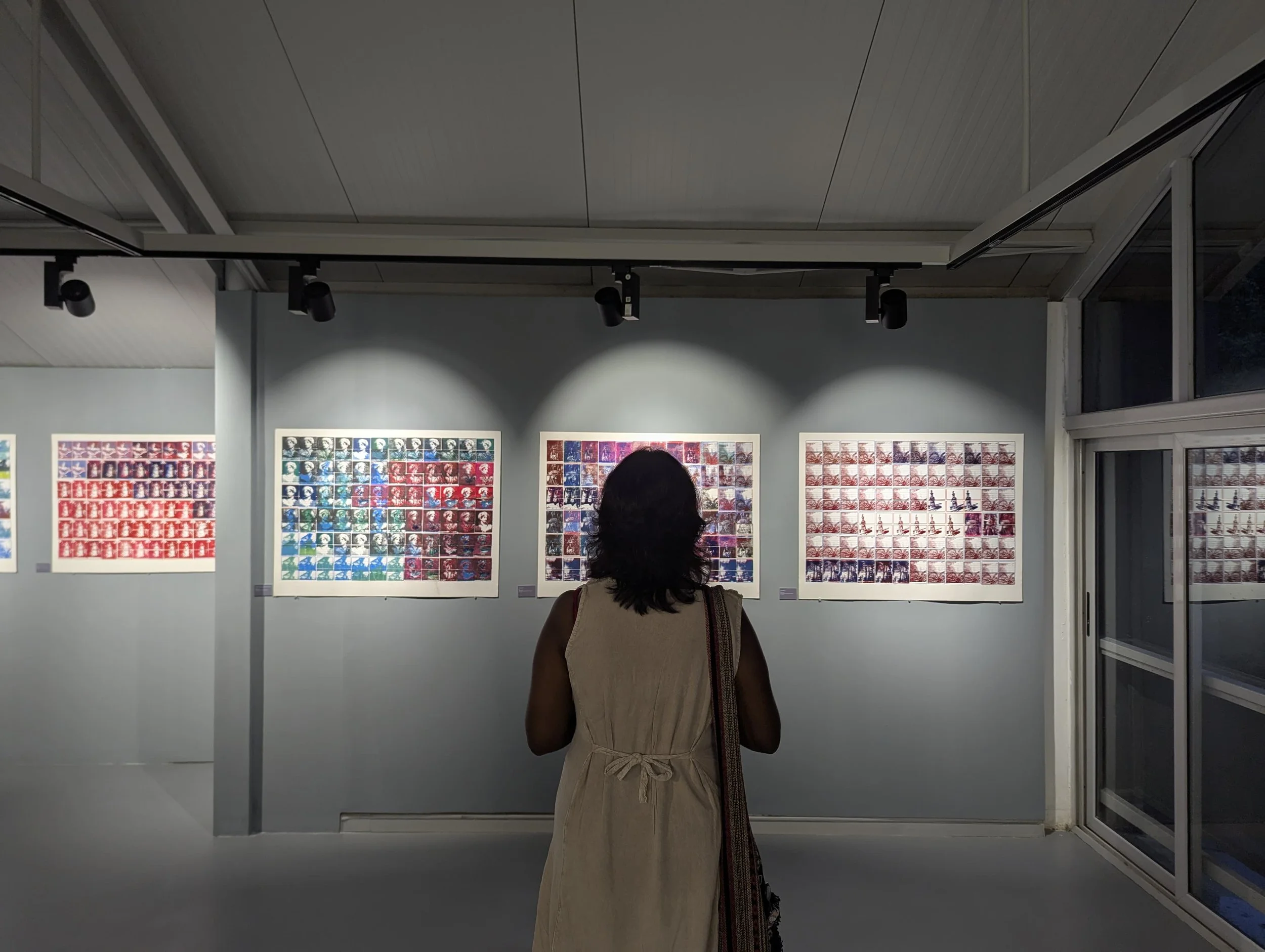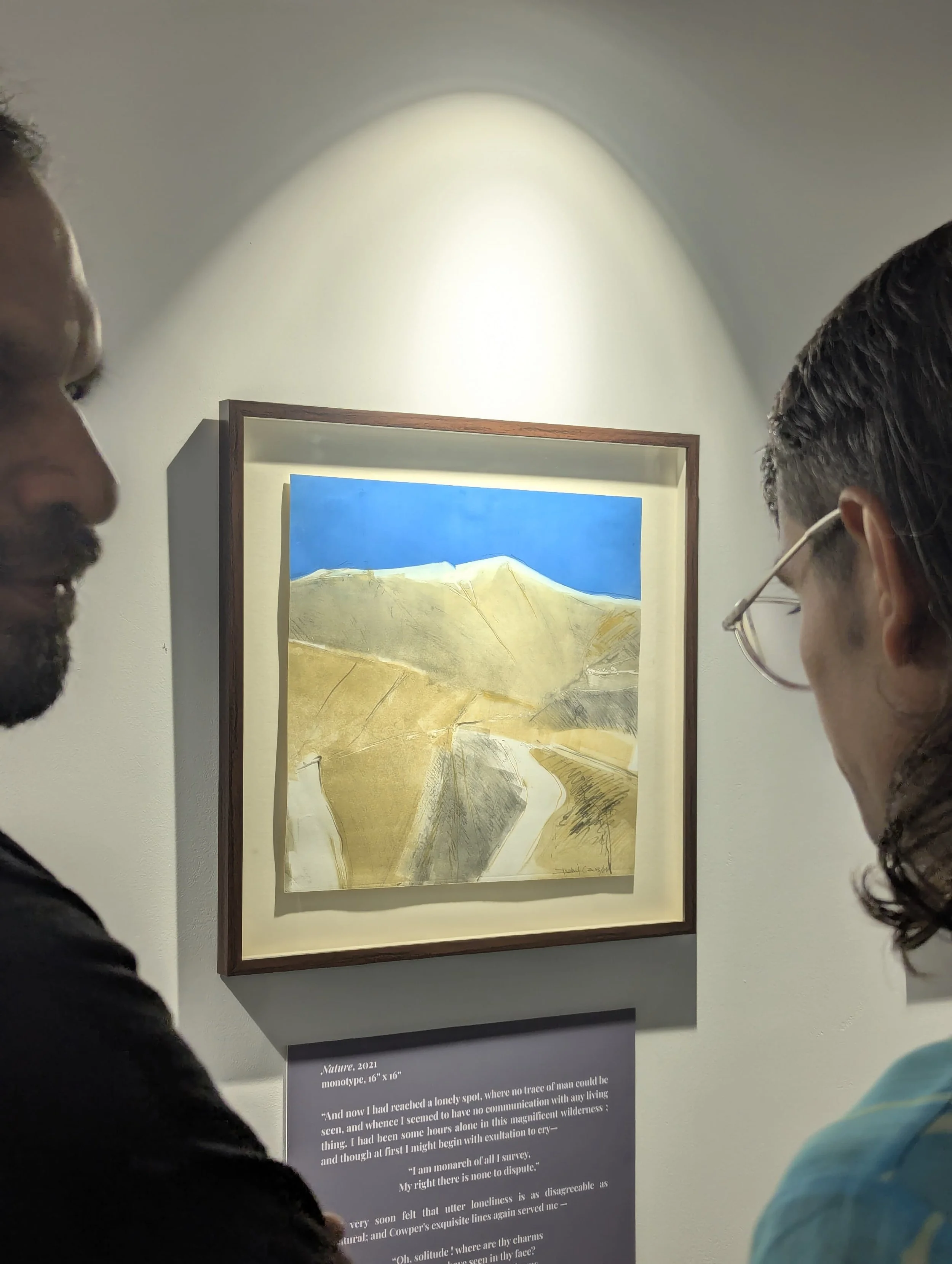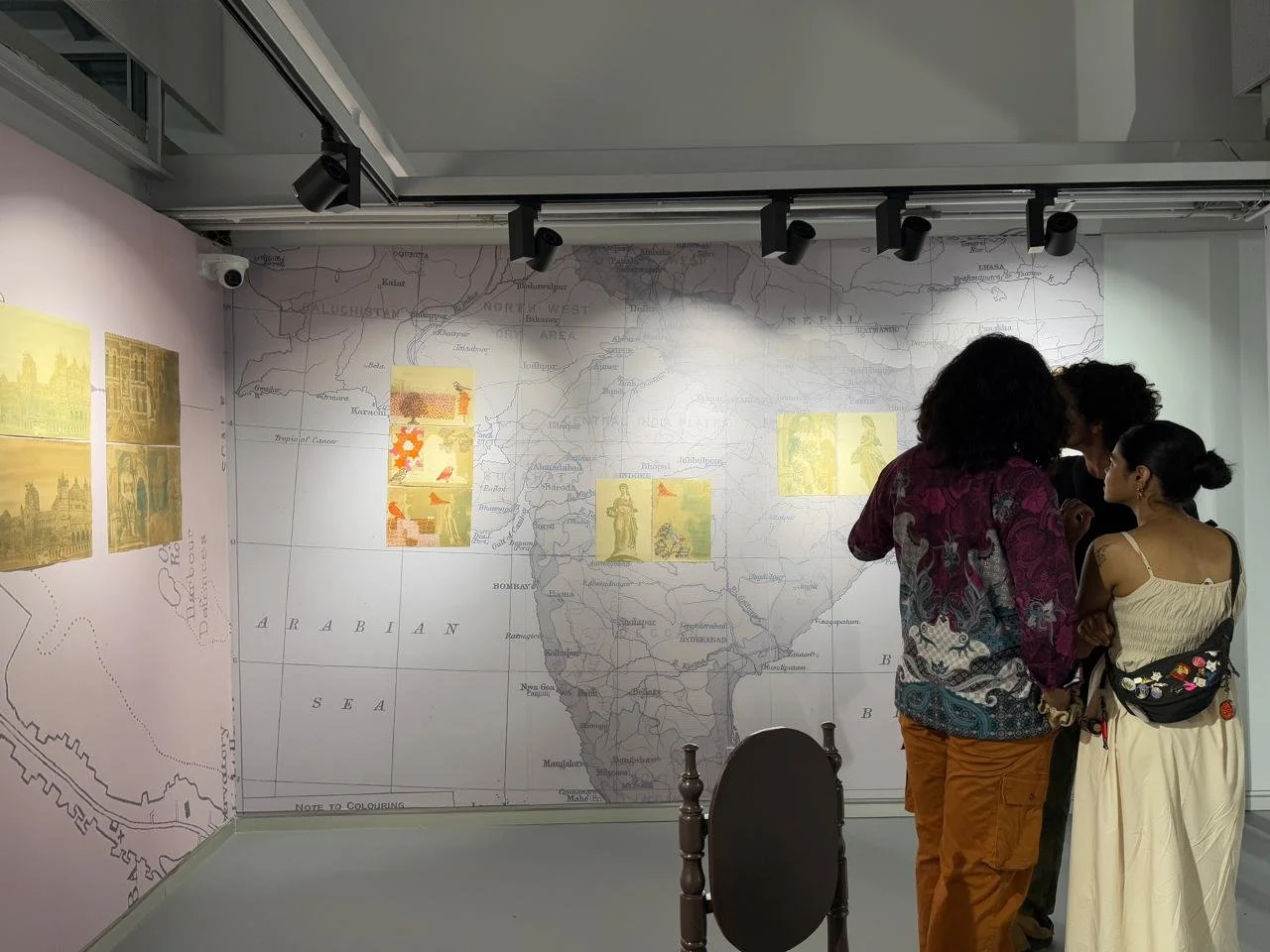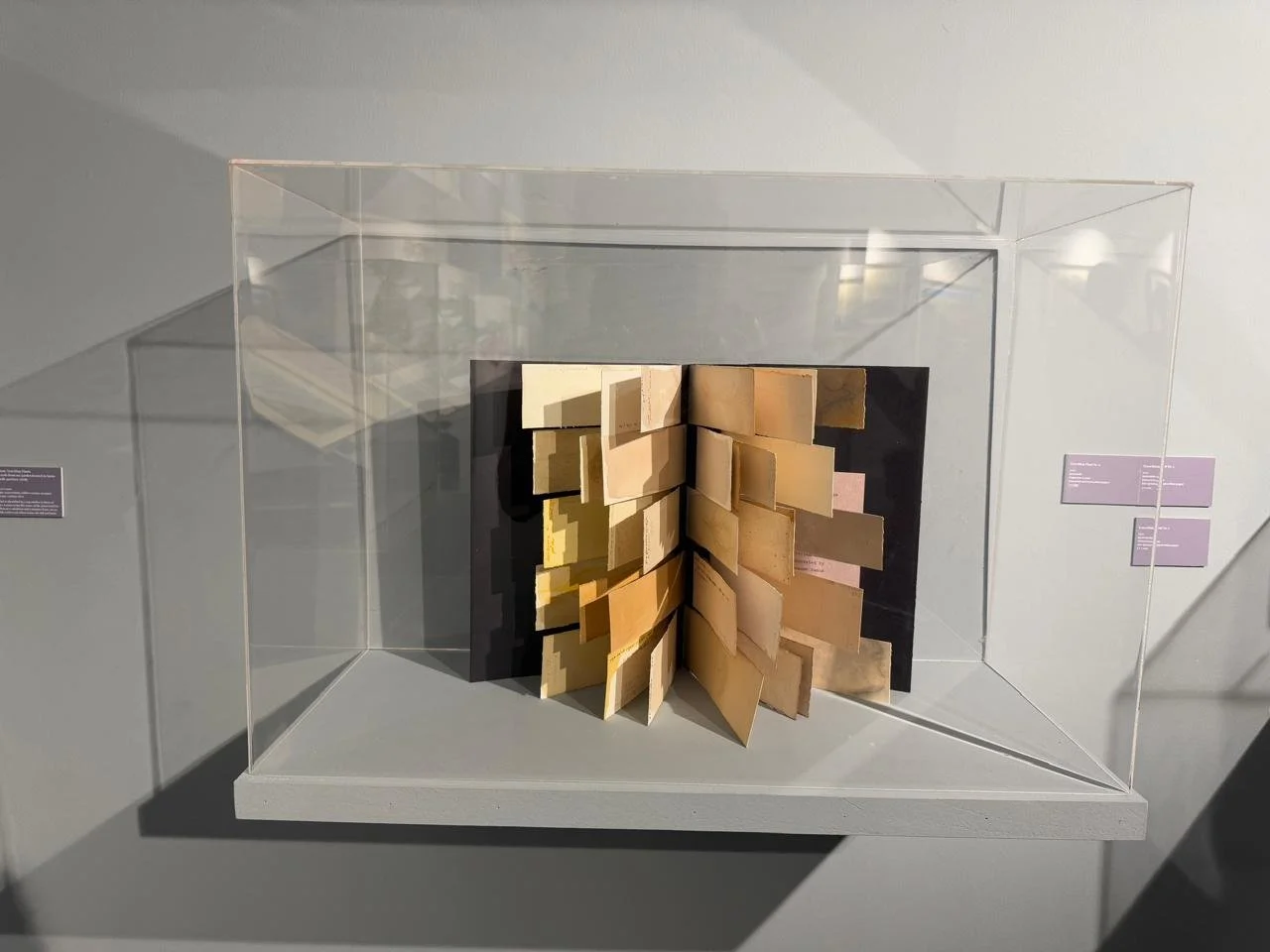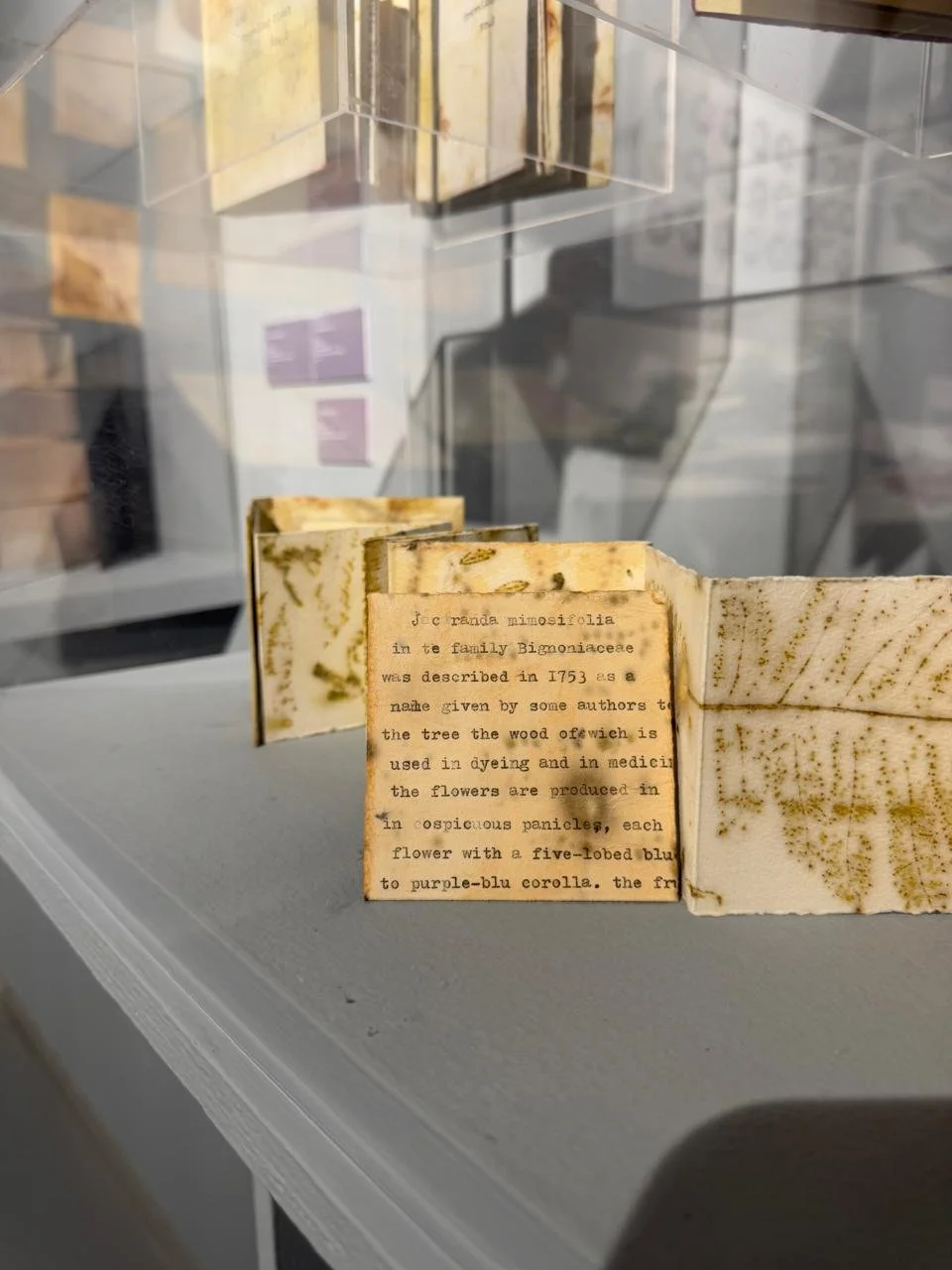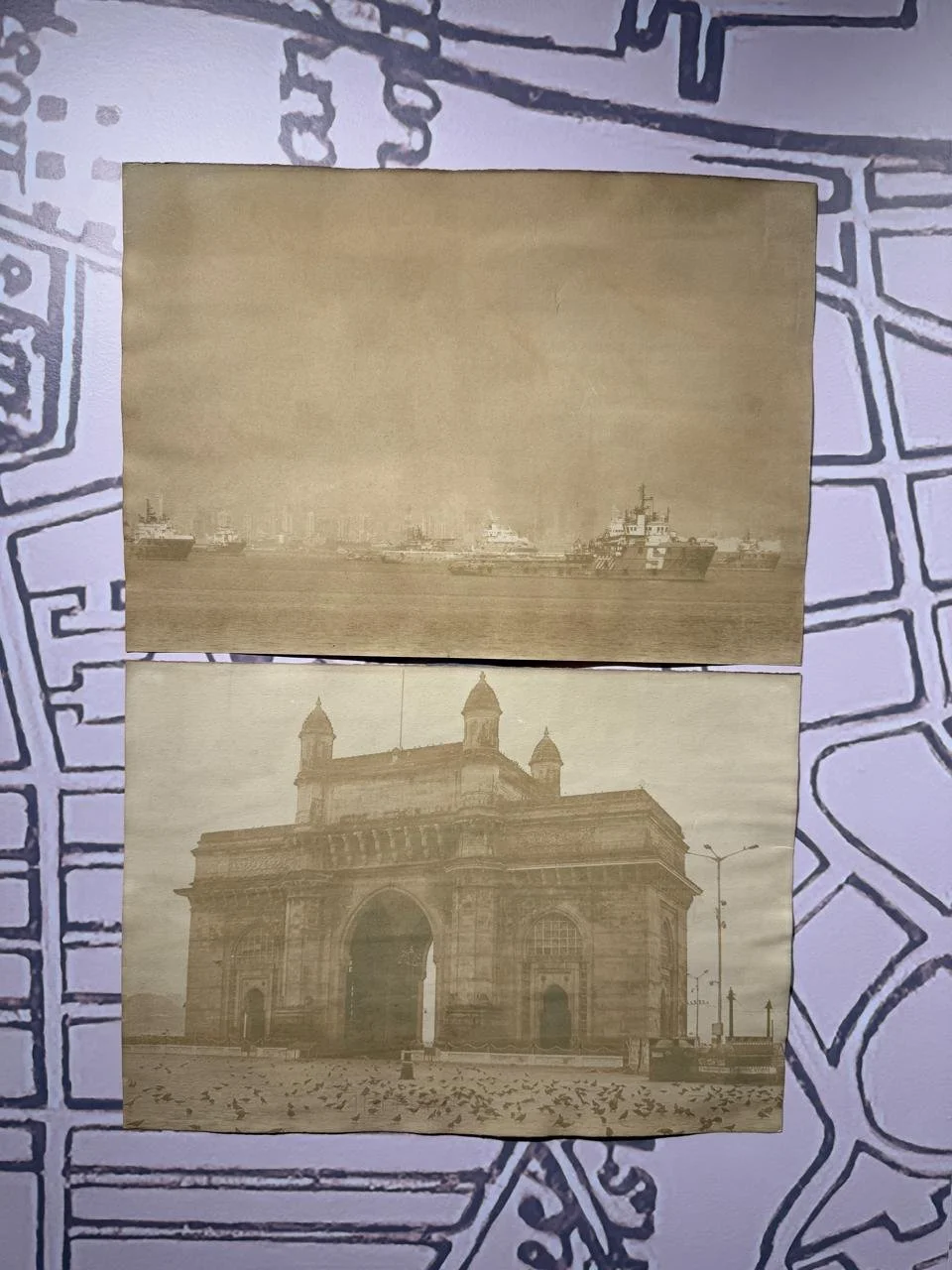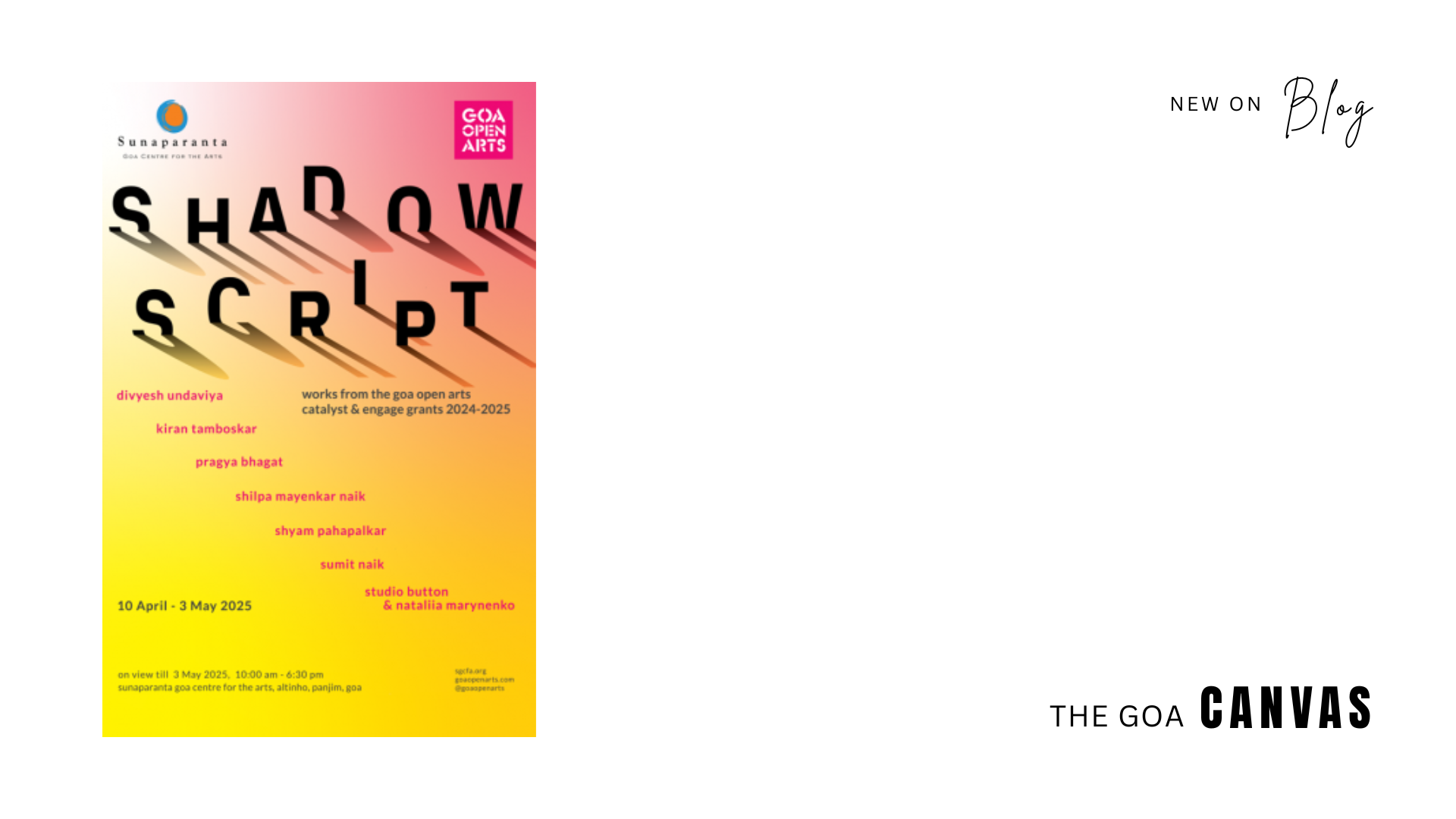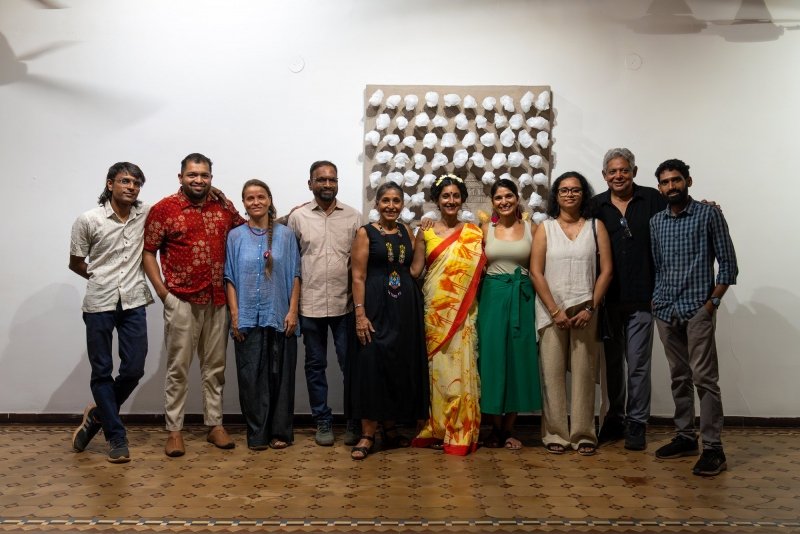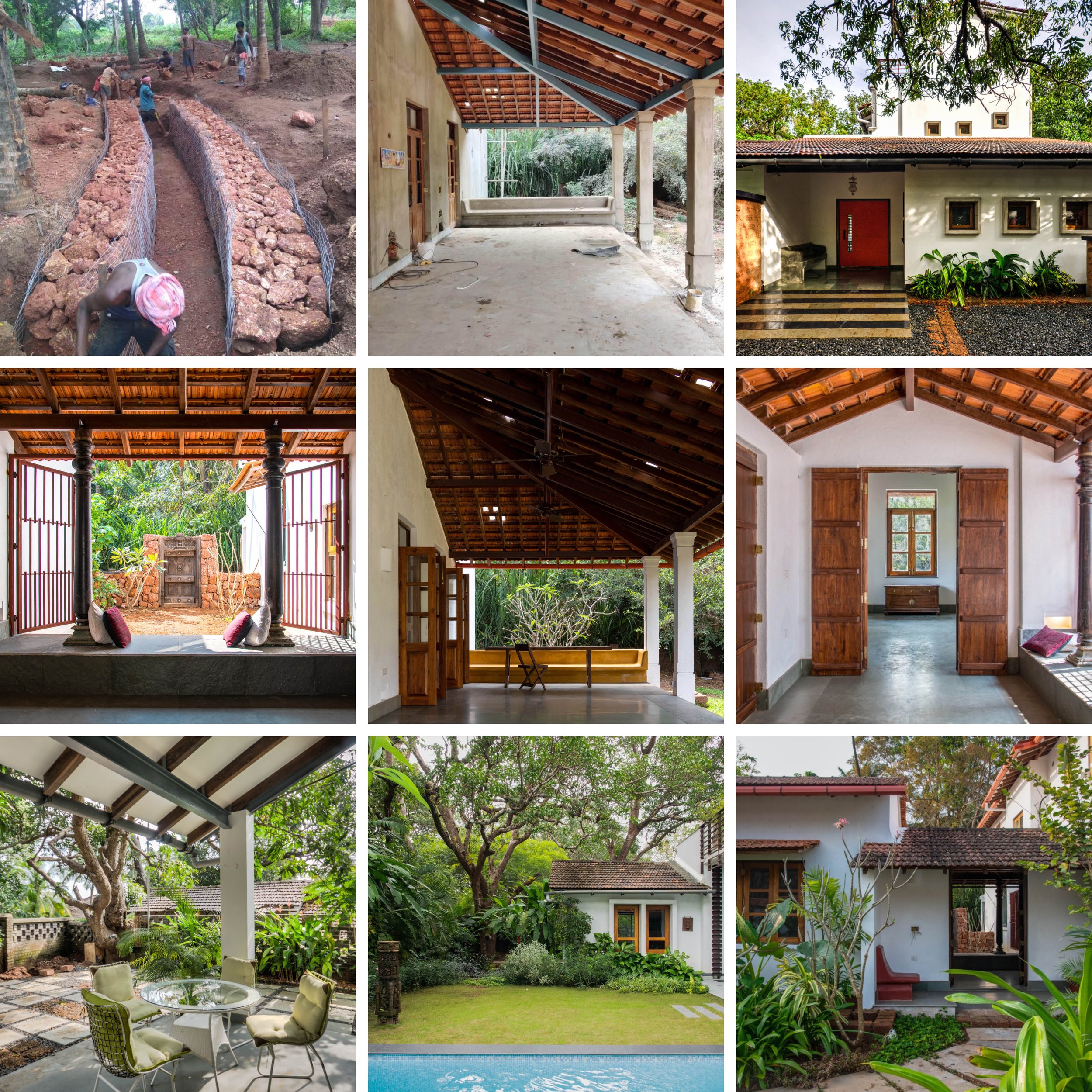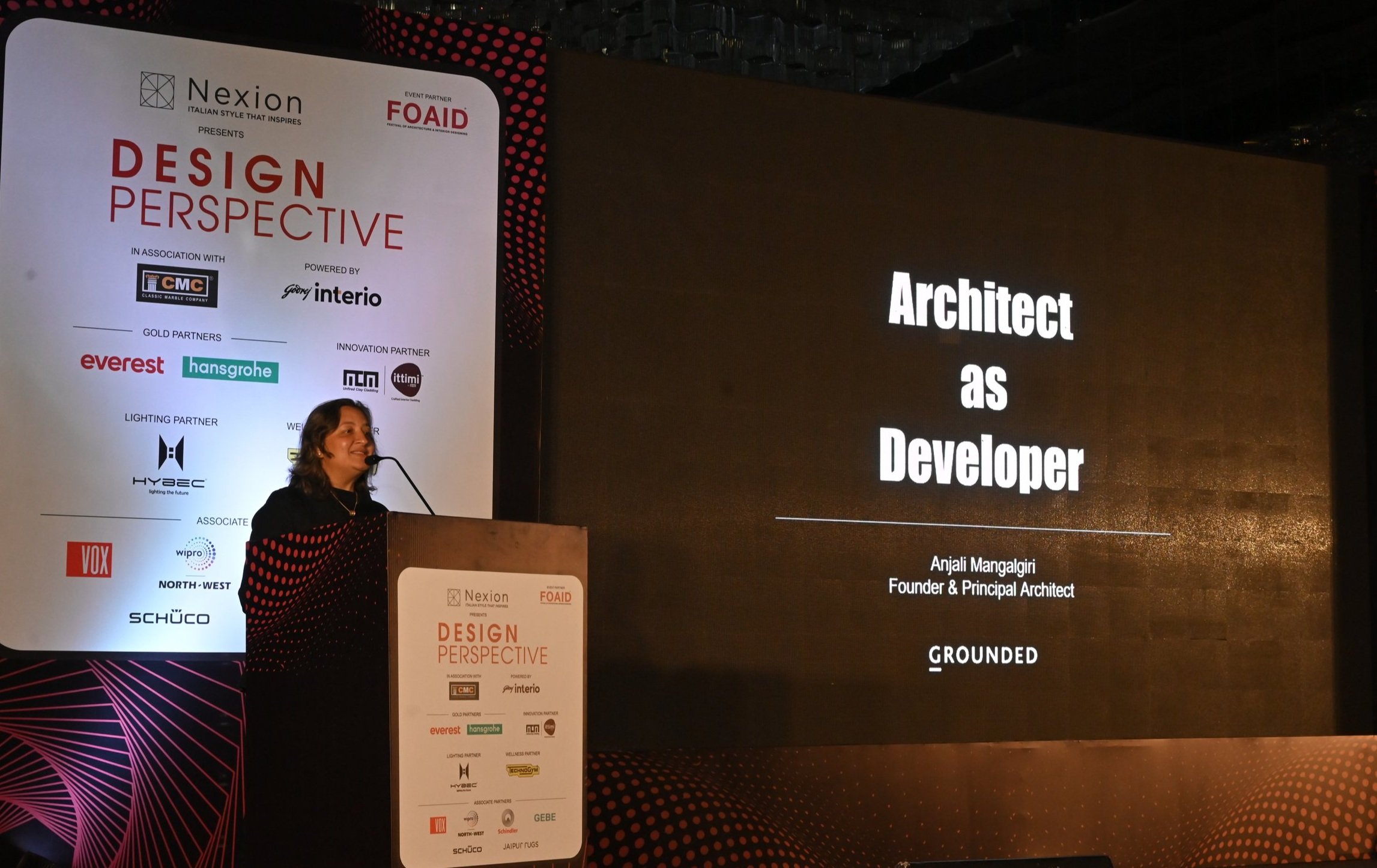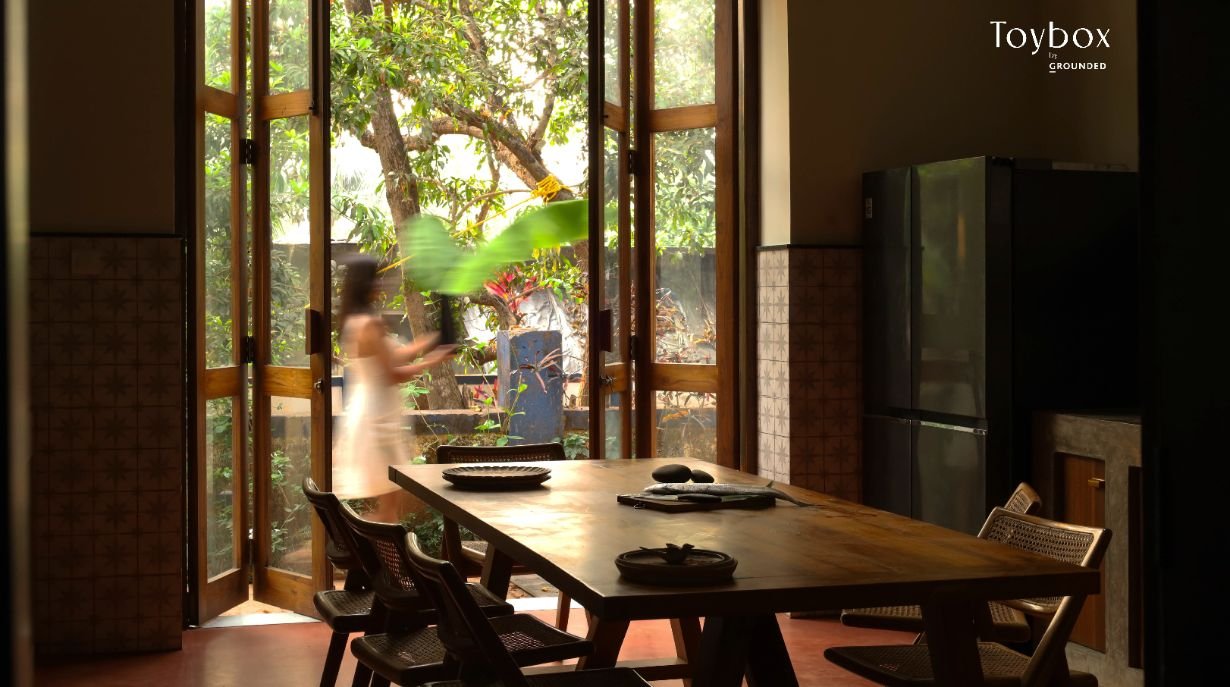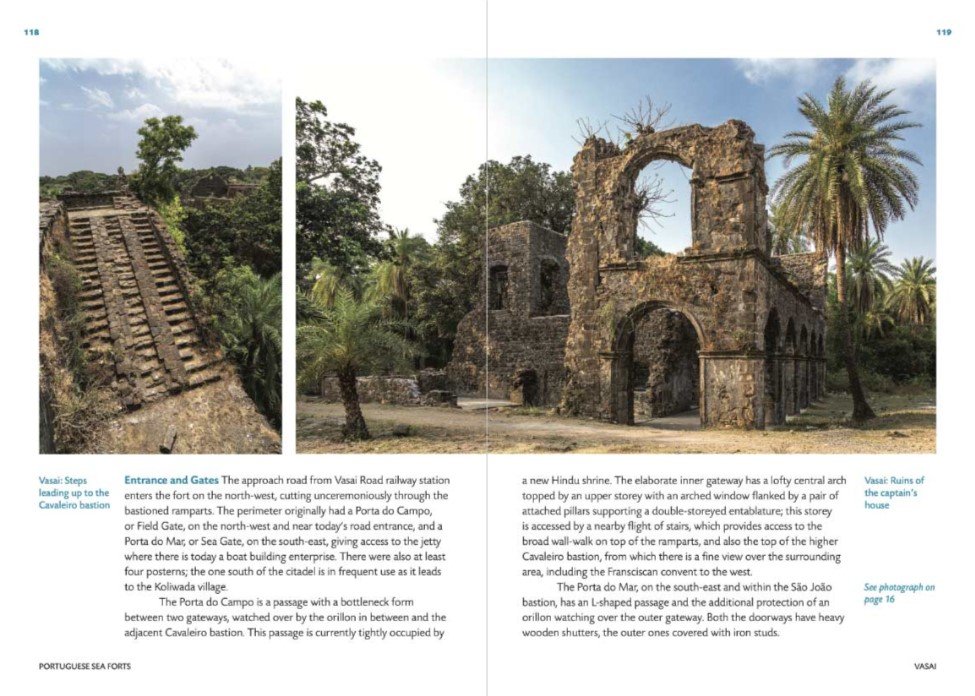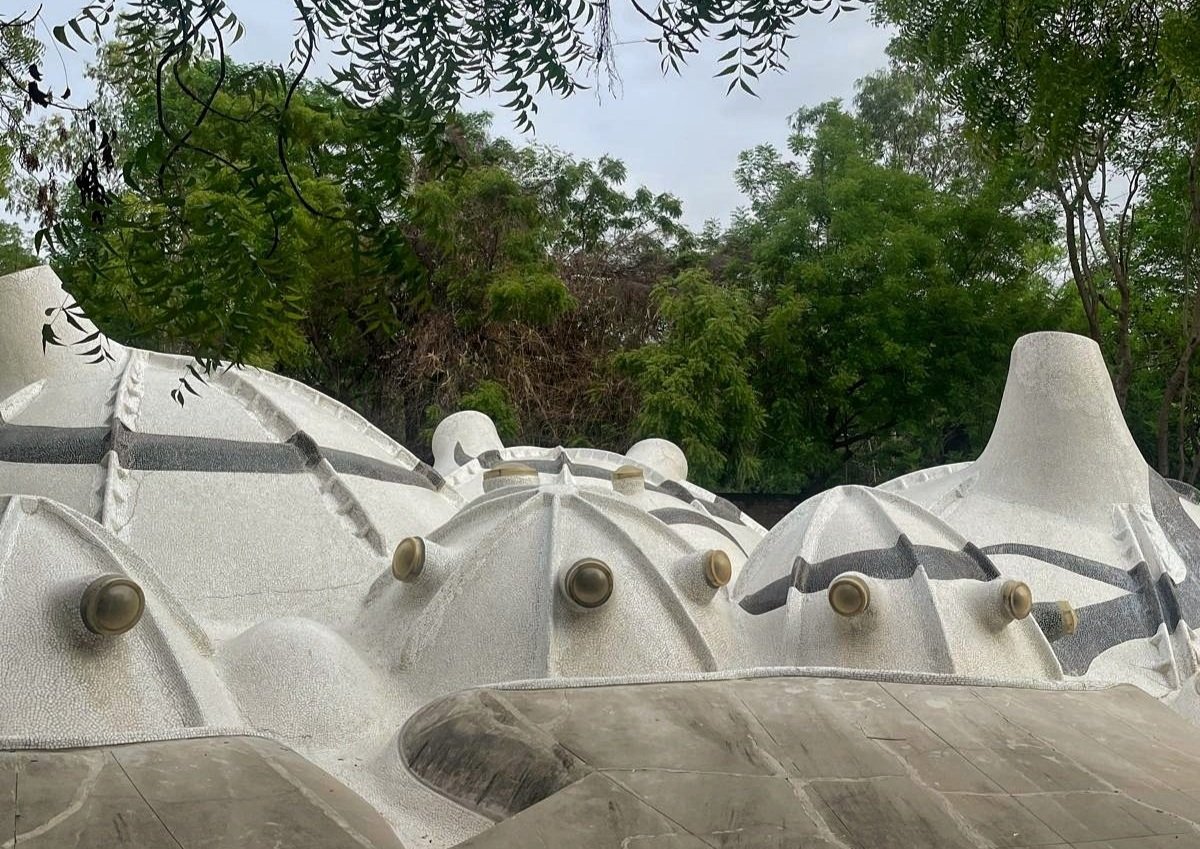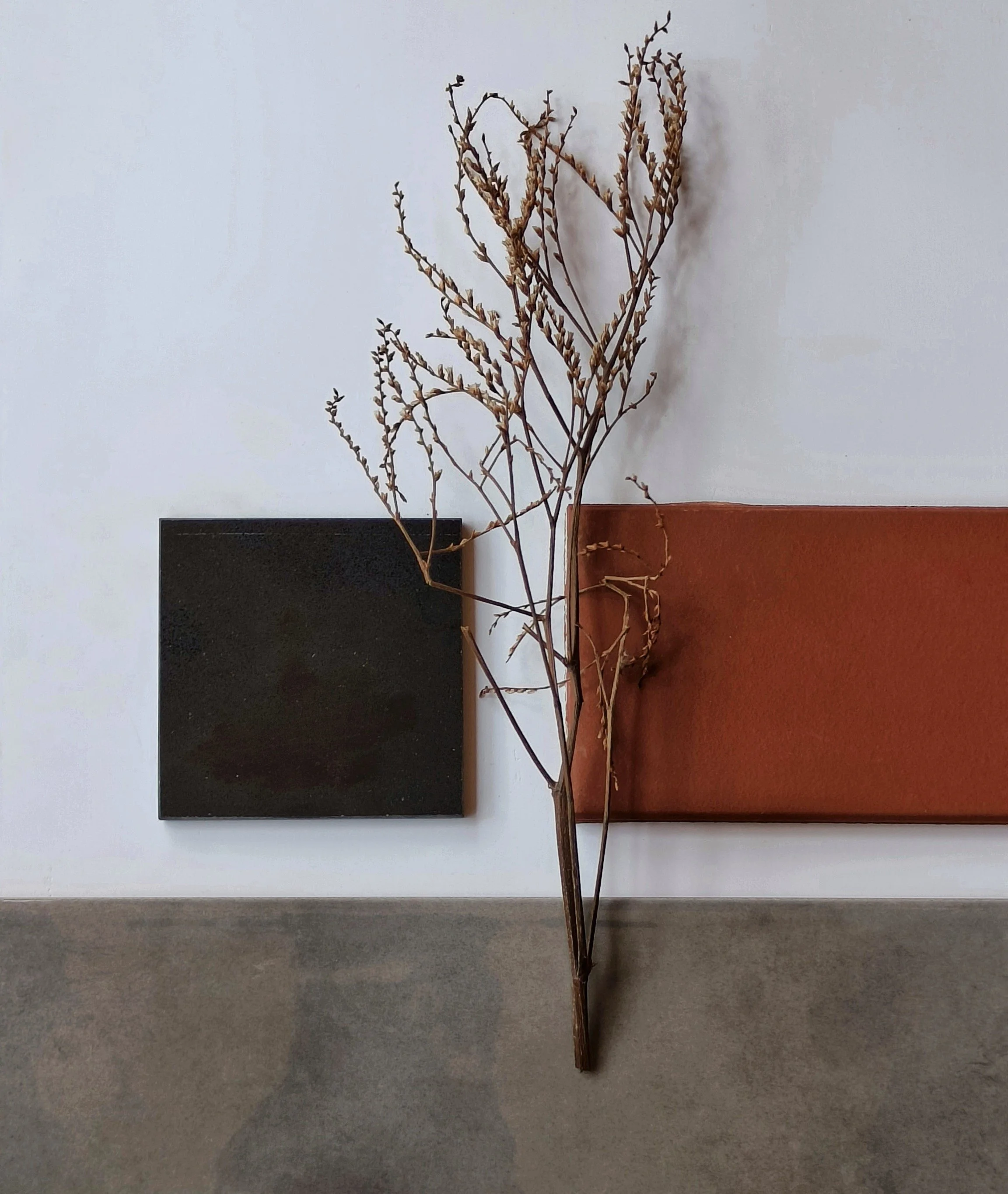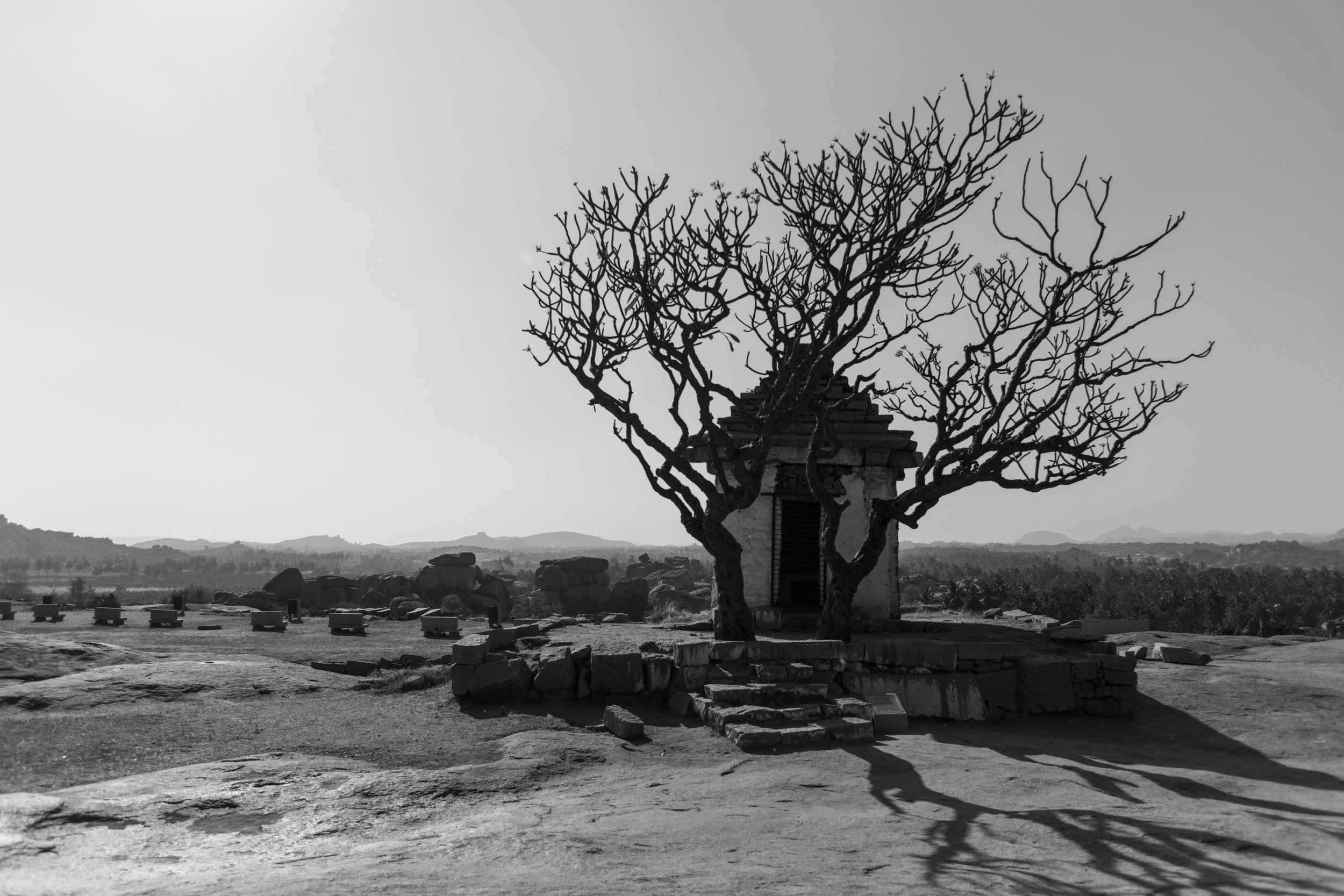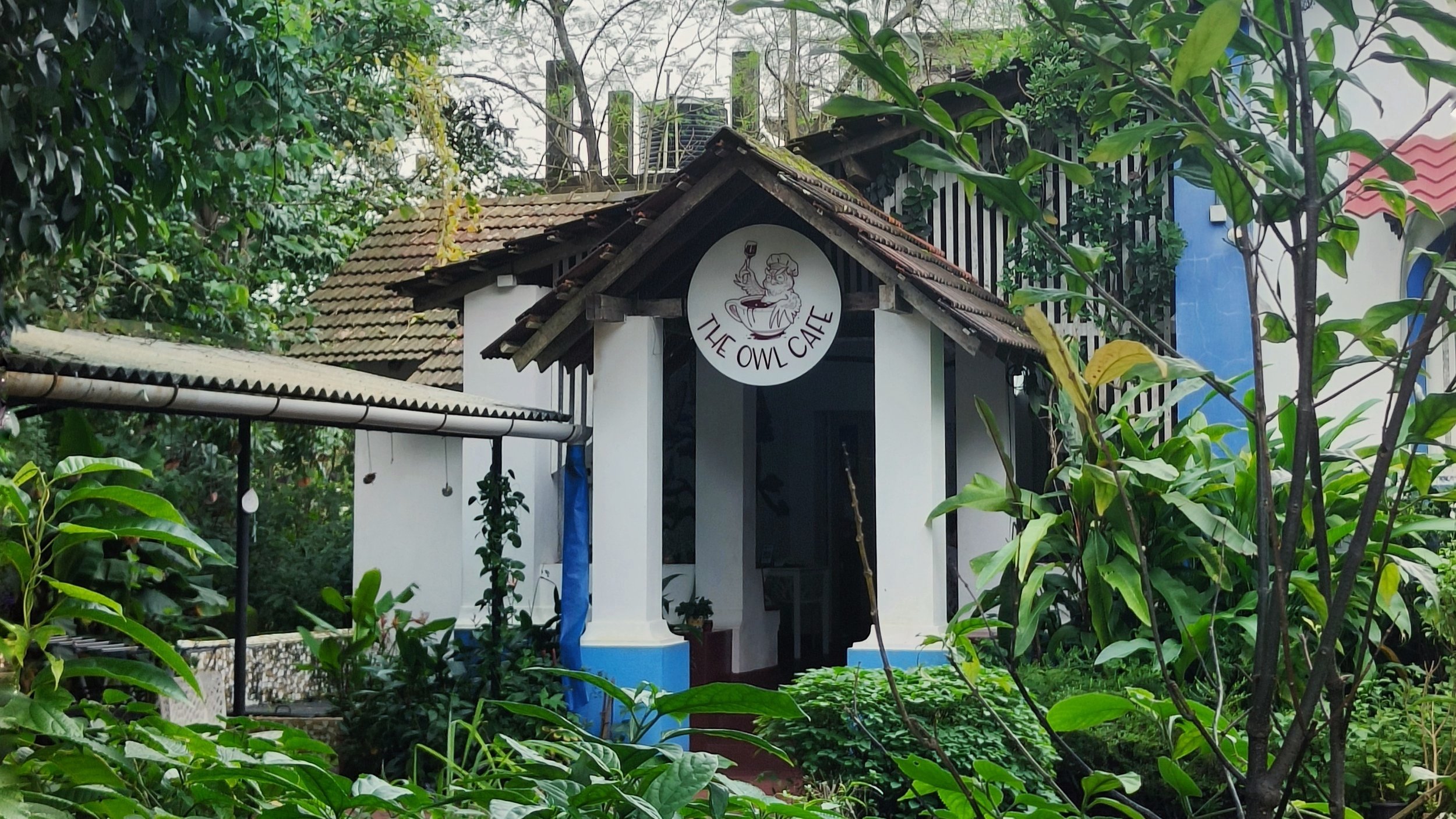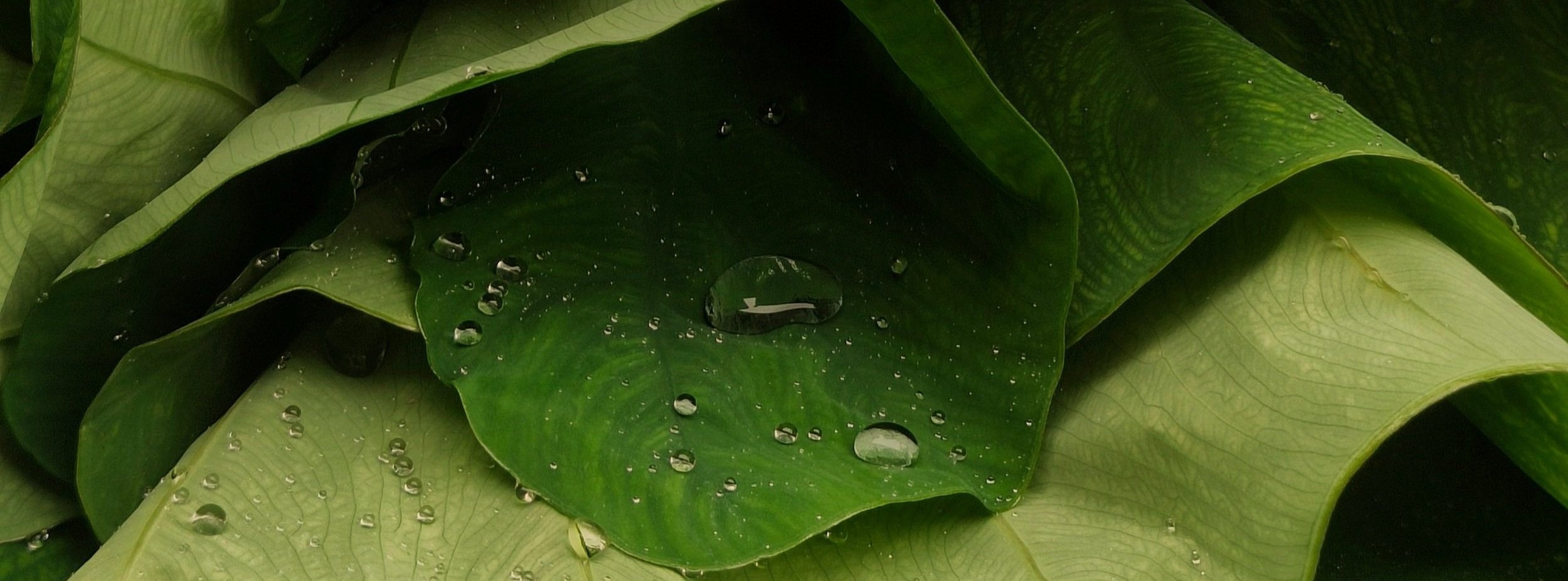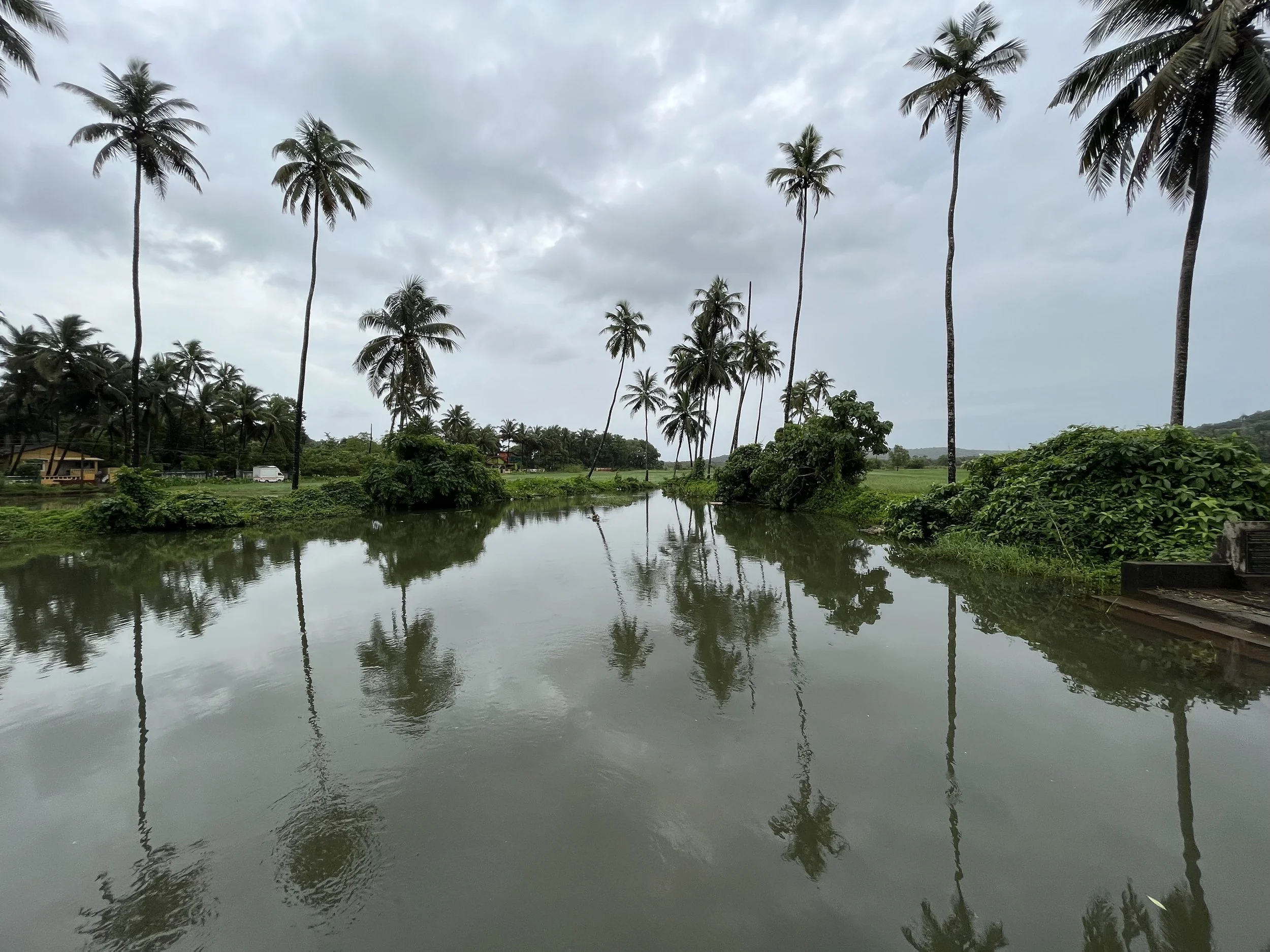Humayun's Tomb located in Nizamuddin East, Delhi
This summer in Delhi felt a little different. Anjali (our founder), who grew up and studied in the city, wanted her children (9 & 5 years old) to experience the Delhi she has always cherished. For her, Delhi was never just a capital but a living museum of history that has hosted a multitude of kingdoms and settlements over the past. Growing up and studying architecture amidst this historical backdrop became an integral part of her training as an architect. They shaped her sensitivity to context, to time, and to the layers that make a place meaningful. It is interesting that history best leaves its marks through its architecture. Anjali finds it fascinating to imagine the day-to-day life as lived in the historical spaces, the use of material, interaction of light and wind (pre-air conditioning days), role of water and landscaping.
On this summer visit to her kid’s nani’s (grandmother) house, she felt it was time for her children to discover the city in the way she once knew it. She wanted them to see Delhi not as a busy, overwhelming metropolis, but as a place where history and memory come alive in unexpected corners.
Together with Intekhab Alam, a conservation architect, we curated two heritage walks - through Humayun’s Tomb complex and the Mehrauli Archaeological Park. The choice of the two sites was interesting, first due to their current state. The Humayun’s Tomb is a UNESCO World Heritage Site and has been pristinely restored with a new museum on-site and the addition of Sundar Nagar Nursery with its collection of secondary monuments that add a lot of new acreage to the property. While, the Mehrauli Archeological Park seems forgotten in comparison and still retains a ruiness quality that gives the site a heightened romanticism that is prized by creative individuals. The Mehrauli Archeological Park is owned and managed in part by various entities like the DDA, ASI, etc. Each has their own method of addressing ‘heritage’ and that results in varying experiences through the Park. Historically, both complexes were popular sites for construction of important buildings throughout the medieval period and house monuments from various periods beginning in the 11th and 12th Century AD. The reason interestingly would be their proximity to the Dargah of Sufi saints, Nizamuddin Auliya in the case of Humayun’s Tomb and the Dargah of Hazrat Qutubuddin Bhaktiyar in the former.
The new museum at the Humayun’s Tomb offered a well-curated, air-conditioned pause that felt especially welcome in the Delhi heat. The Sunder Nursery area nearby, with its extended opening hours, made us reflect on how tropical countries like ours should rethink attraction timings. Why restrict them to rigid 9–5 slots? Evening hours, when the sun softens and the air cools, allow for experiences that are gentler, more enjoyable, and more memorable.
Intekab knows these monuments like the back of his hand, and took us through the labyrinth streets of the Mehrauli settlement to experience a real gem, the Zafar Mahal. Originally built as a palace where the Mughal royals would stay during their visits to the nearby durgah, this was where the British kept Bahadur Shah Zafar imprisoned after the revolt of 1857. The Palace structure is sadly in a ruiness state at present and devoid of any measures to protect it from further deterioration. That said, Anjali notes that she loves ruins and finds them romantic. One can still easily identify the courtyards, covered colonnades and airy upstairs quarters with balconies and dainty columns and arches, promising the splendor of its past. Setting aside romance though, the palace is being encroached from all directions by the surrounding settlement, a common problem with several monuments in Delhi and not an easy one to solve.
For us, these walks were less about monuments and more about perspective. They were about seeing how Delhi, in all its layers, still speaks through water, through ruins, through birdsong, through spaces that have held lives for centuries. And for Anjali’s children, it was perhaps the beginning of their own relationship with the city’s timelessness.
Vickram and Anjali Mangalgiri with conservation architect, Intekhab Alam
Photographs were taken by Anjali and Vickram Mangalgiri
Text written by V V Kusum Priya and Anjali Mangalgiri



